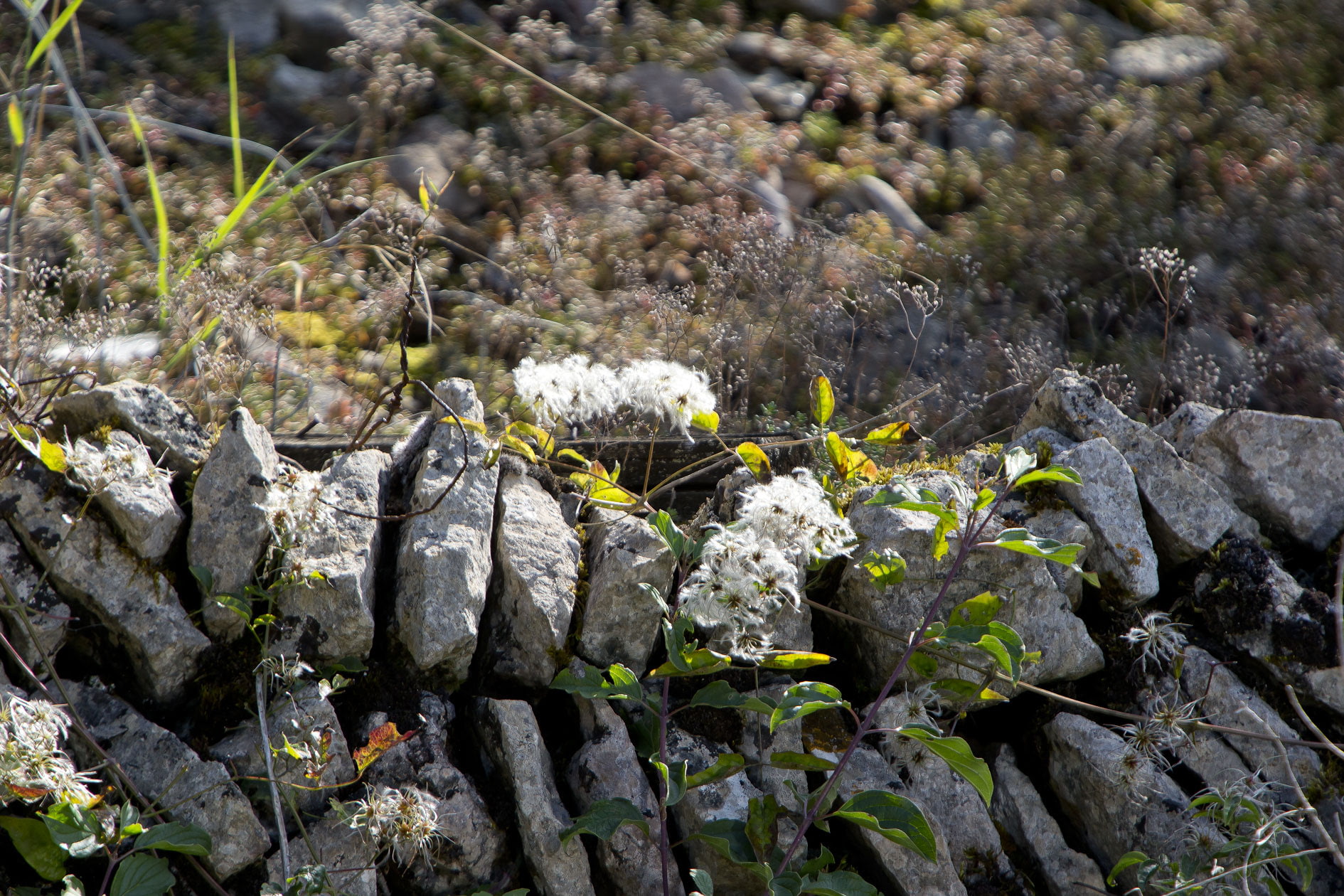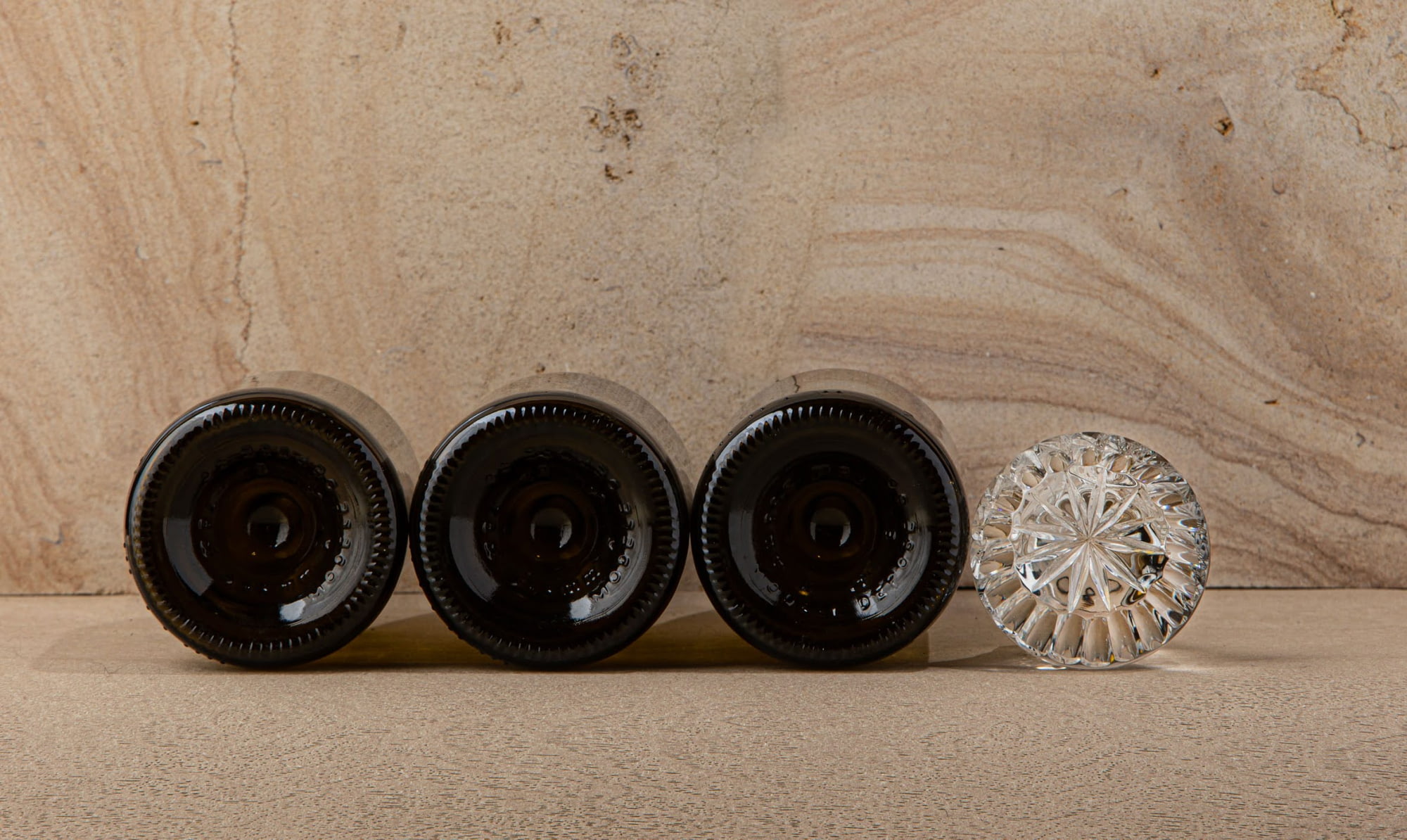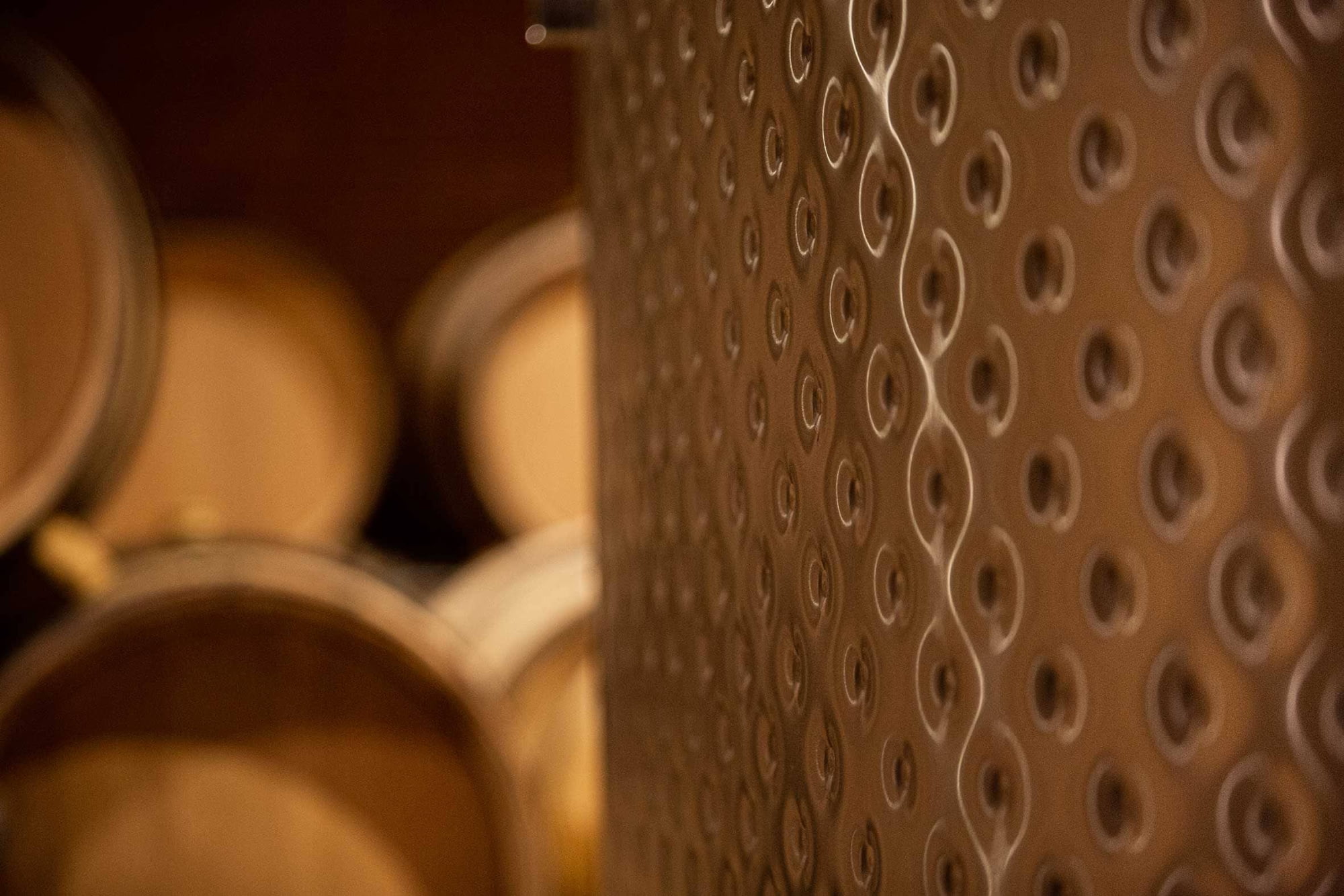menu
News #15

Weather 2023!
A rare enough fact worth noting: the 2023 vintage, generous in quantity and balanced in quality, follows an equally magnificent and tasty 2022 vintage. Winter was once again mild, with little rain. At the end of winter, in February and March, conditions were cooler and more regular. As spring awakens, April was temperate, with no morning frosts or excessively low temperatures. May was cool and rainy, which helped to replenish the water table. This weather continued until mid-June, with warmer days and cool nights. These conditions were excellent for good vine and flower development.
At the beginning of July, we had a small heat wave with the development of numerous thunderstorms throughout the month, fortunately without any consequences for the vines other than regular rainfall, which kept the soil cool and irrigated the vines. The heat returned at the beginning of August, with wide temperature variations between night and day, which was very favourable to the development of the vines. The stormy weather returned in mid-August in a much hotter environment, alternating with regular rainfall. From August 18th to 24th, we experienced a week of intense heat, with a peak of 37° on August 24th, accompanied by rain the following day.
These conditions pushed the vines to develop very rapidly. Paradoxically, a week before the harvest we also noticed that, depending on the plots, their load and their age, levels of ripeness were very disparate. We started harvesting on August 29th with a reduced team, to give extra ripening time to parcels that needed to wait. From September 2nd, we accelerated the harvest as the heat wave returned. 2023 is the first year that we stopped harvesting at 2pm at the Domaine. It is to be expected that we will have to adopt this tempo in subsequent years.

«The uniqueness of Mâcon-Verzé »
Is there a specific identity to the Mâcon-Verzé appellation?
Compared to the historic heart of Domaine Leflaive in Puligny-Montrachet, we are of course further south. Beyond a Mâconnais identity, it is a question of showing the uniqueness of certain terroirs. In fact, we are trying to become specialists in the Mâcon-Verzé appellation, which accounts for 30 of the 37 hectares we cultivate. We are present on both slopes of Verzé, a valley oriented north-west-south-east. This will enable us to duplicate the Puligny-Montrachet method, identifying the terroirs in fine detail, whereas the Mâconnais has remained generic with names of communes. We are already developing parcel selections to produce cuvées en lieux-dits. That's what we're aiming for: a strong identity based on excellent terroirs that deserve to be showcased.
Which parcels have you isolated so far?
For the moment, we can claim two lieux-dits: Les Chênes, facing due west, and Le Monté, facing due north, which illustrates the consequences of global warming: this late-ripening terroir has become conducive to the expression of a real personality. More to come, but we will claim them when we judge their potential to be truly interesting. In any case, the care we give to the Mâcon-Verzé vineyard is identical to that of Puligny, with organic certification and biodynamic practices. In particular, we use sheep to maintain the vineyard, which avoids tractor traffic while at the same time fertilizing the soil: the circle is complete.
What can you tell us about the 2020 vintage, which went on sale this autumn?
It's a vintage of freshness and purity, even though it was historically early, with harvesting starting in Verzé on August 25th. I like it a lot because it has good concentration yet remains well-balanced. We recommend a long ageing period for our wines, with the principle of two winters in the cellar. The result is a wine that's excellent as an apéritif or perfect with Mâconnais goat's cheese!

In Nantoux, a high quality terroir
The vineyards of the Hautes Côtes de Beaune seem well adapted to the new conditions of global warming. Situated some 100 meters higher than the Côte de Beaune, it is less precocious and cooler. Its clay-limestone soils are ideal for vine-growing, particularly for whites, and are complemented by a good eastern exposure and an advantageous draining slope. This is the rediscovery of a high-quality terroir: on the estate's parcel, the presence of a cabotte, a stone hut used as a refuge by winegrowers, attests to the long history of vine-growing in this area, which probably disappeared with the phylloxera crisis at the end of the 19th century. As history takes its time in Burgundy, the first bottles labelled Leflaive will only be available from 2027. One hectare remains to be planted. In the meadows, the estate's horses enjoy a peaceful retirement. The Hautes Côtes de Beaune adventure continues.

Out of the cellar!
The 2016 vintage Brice de La Morandière's favorite
"For reasons that are often mysterious, wines taste great at some times, close at others. In my recent tasting of the 2016s, in several appellations, I found that these wines had really interesting depth. It's a rather special vintage, with severe spring frosts, a yield half that of a normal year, but a quality harvest. The grapes showed excellent concentration. The 2016s are beginning to show slightly tertiary aromas, with a hint of honey. Seven years of aging isn't much, but it's already seven years! I like the serenity and depth they offer. Les Pucelles and Les Folatières, for example, are Premiers Crus with great ageing potential. In any case, 2016 is already a great vintage for pleasure".
